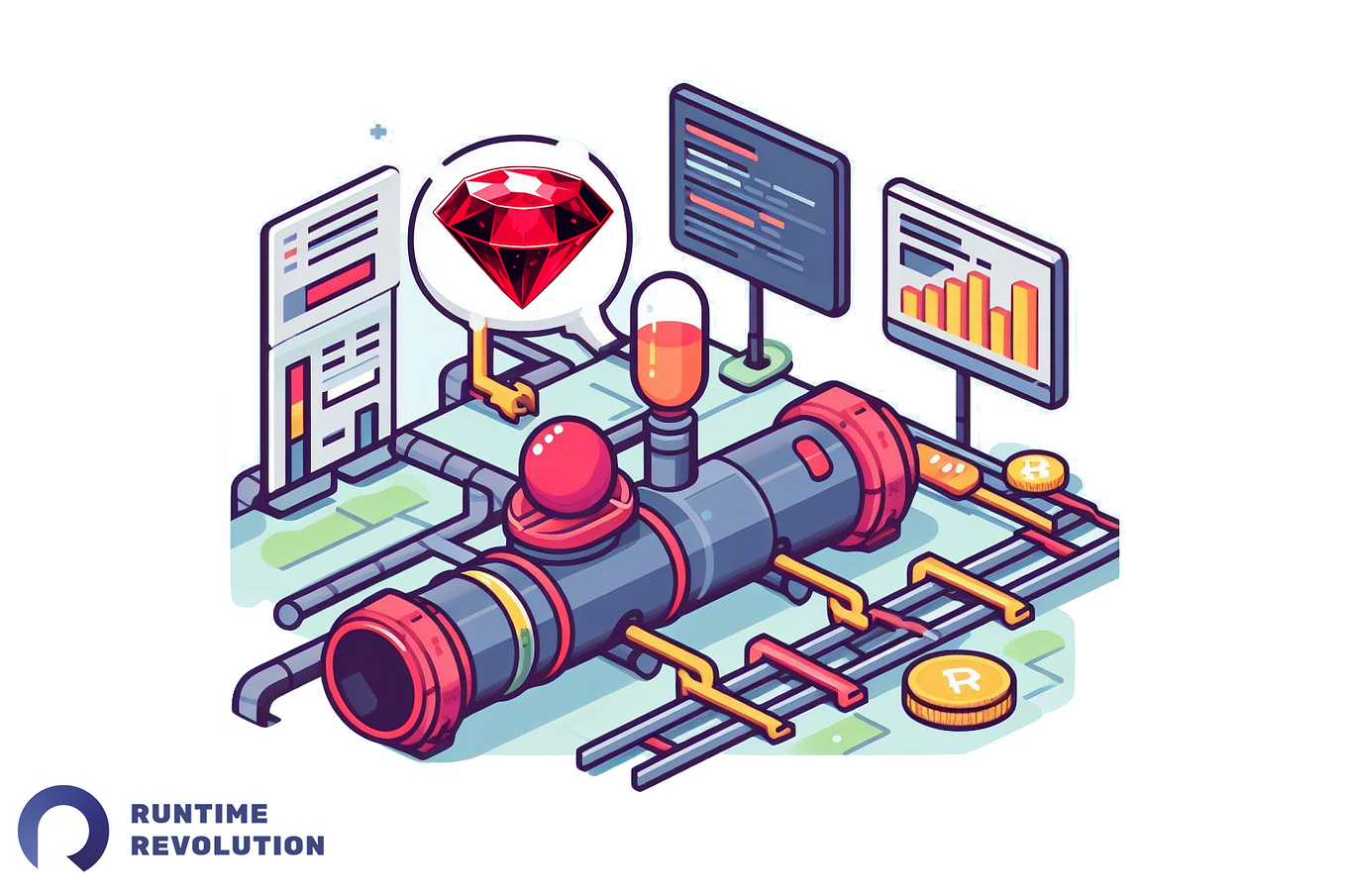In software development, Continuous Integration (CI) has turned out to be a very important practice, especially for teams that are working on complex web apps like those built with Ruby on Rails. CI enables developers to connect their code into a shared repository at an early stage and often, hence, they spot the errors early and enhance the quality of the final product.
When you’re ready to hire Ruby on Rails developers, it’s vital to choose professionals who are not only skilled in coding but also experienced in the nuances of integrating CI tools into development workflows.
Understanding Continuous Integration
CI is basically a development practice where developers frequently merge their code changes into a central repository, after which automated builds and tests are run. Here are the main benefits of CI:
- Early Bug Detection
Regularly integrating and testing code helps detect and fix bugs early, reducing the cost and effort of fixing them later.
- Improved Code Quality
Continuous feedback on the code quality and test coverage helps maintain high standards.
- Faster Release Cycles
With fewer bugs and integration issues, teams can release new features and updates more quickly and confidently.
Choosing the Right CI Tool
For a Rails project, choosing the right CI tool is important. The tool should not only be powerful and reliable but also compatible with the Ruby on Rails framework. Some popular CI tools that work well with Rails include:
- Jenkins
An extendable open-source CI tool that is highly customizable but requires some setup and maintenance.
- Travis CI
A cloud-based service specifically designed for open-source projects. It is easy to set up with GitHub-hosted repositories.
- CircleCI
Known for its flexibility and integration capabilities with many cloud services.
- GitHub Actions
Allows you to automate, customize, and execute your software development workflows right in your repository with GitHub.
Setting Up CI with CircleCI: A Step-by-Step Guide
Let’s walk through setting up Continuous Integration for a Rails project using CircleCI, which is popular for its simplicity and effectiveness. Here are the steps to integrate CircleCI with a Rails project:
1. Sign Up and Connect Your Repository
- You need to create an account on CircleCI.
- Once logged in, connect your GitHub or Bitbucket account and select the repository where your Rails project is located.
2. Configure Your CircleCI Project
- Add a .circleci folder in the root directory of the project.
- Inside this folder, create a config file named config.yml. This YAML file will define the build environment and the steps that should be executed.
3. Define Workflow and Jobs
In your config.yml, define the structure of your workflow and the jobs that CircleCI will execute.
4. Commit and Push Changes
After setting up your configuration file, commit and push these changes to your repository. CircleCI will automatically detect this push and start the first build.
5. Monitor Build Status
You can monitor the status of your build directly from the CircleCI dashboard. If the build fails, you can review the output and logs to troubleshoot and fix issues.
Best Practices for CI in Rails Projects
To make the most of CI in your Rails projects, consider these best practices:
- Write Good Tests
Ensure your application is covered by tests that check the functionality and performance aspects.
- Maintain a Clean Codebase
Regularly refactor and review code to keep it clean and manageable, which helps CI tools run more effectively.
- Manage Dependencies Wisely
Keep your dependencies updated and well-documented to avoid conflicts during integration.
Conclusion
With the use of Continuous Integration and by following this guide, you will not only be able to increase the quality and reliability of your Rails apps but also the productivity of your development team. Through the correct methods and tools, CI can change the way you build software into a more easier, quicker, and fun process.
Stay in touch to get more updates & news on Gossips!




